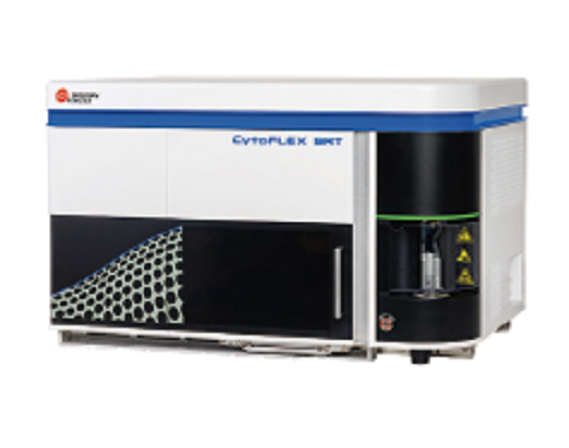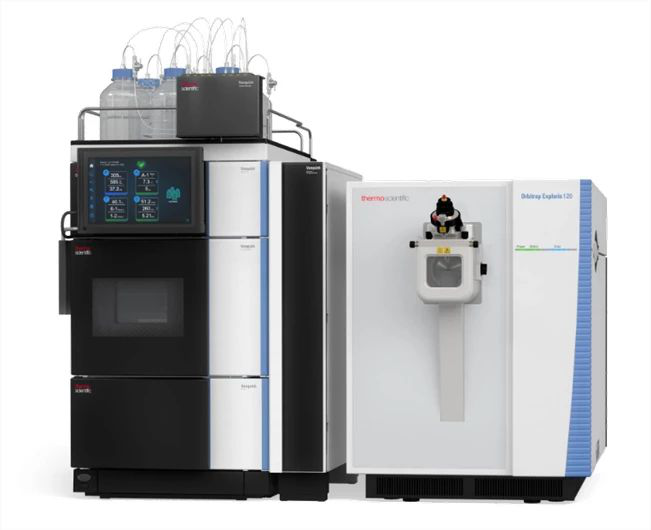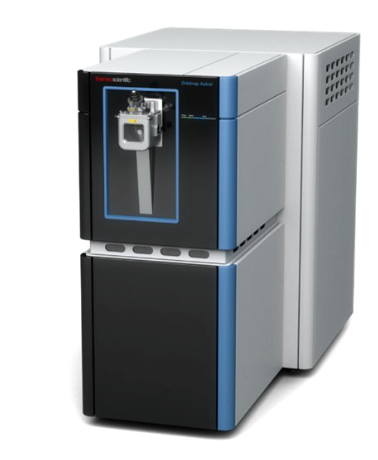Abstract
Given the prospective applicati��������on of anaerobic oxidation (anammox)-based processes in treating the ammonium-rich �������and phosphate-������containing , the effects of phosphate on anammox process were investigated considering the roles of phosphate forms and biomass geometry in this study. Batch experiments showed that phosphate lower than 155 mg P L?1 stimulated the specific anammox activity (SAA) of granules or flocs, whereas 310 mg P L?1 phosphate inhibited the SAA by 10% and the inhibitory effects were further enhanced with phosphate concentrations increasing. The half-maximal inhibitory concentrations of anammox granules and flocs were estimated as 1664.7 ± 114.7 and 1205.9 ± 77.5 mg ������;P L?1, respectively. The inhibitory effect may be mainly attributed to the dihydrogen phosphate ion (H2PO4?) in weakly basic conditions. However, when the influent phosphate level of the granular reactor gradually increased from������� 2 to 500 mg P L?1, no adverse effects on the nitrogen removal performance were observed during a 195-day operation. The diversity and the relative abundance������ of anammox bacteria were reduced, but no shift in����� dominant anammox was recorded by high throughput . These results will trigger a rational r����eevaluation regarding t������he effects of on anammox process.
link text:




















